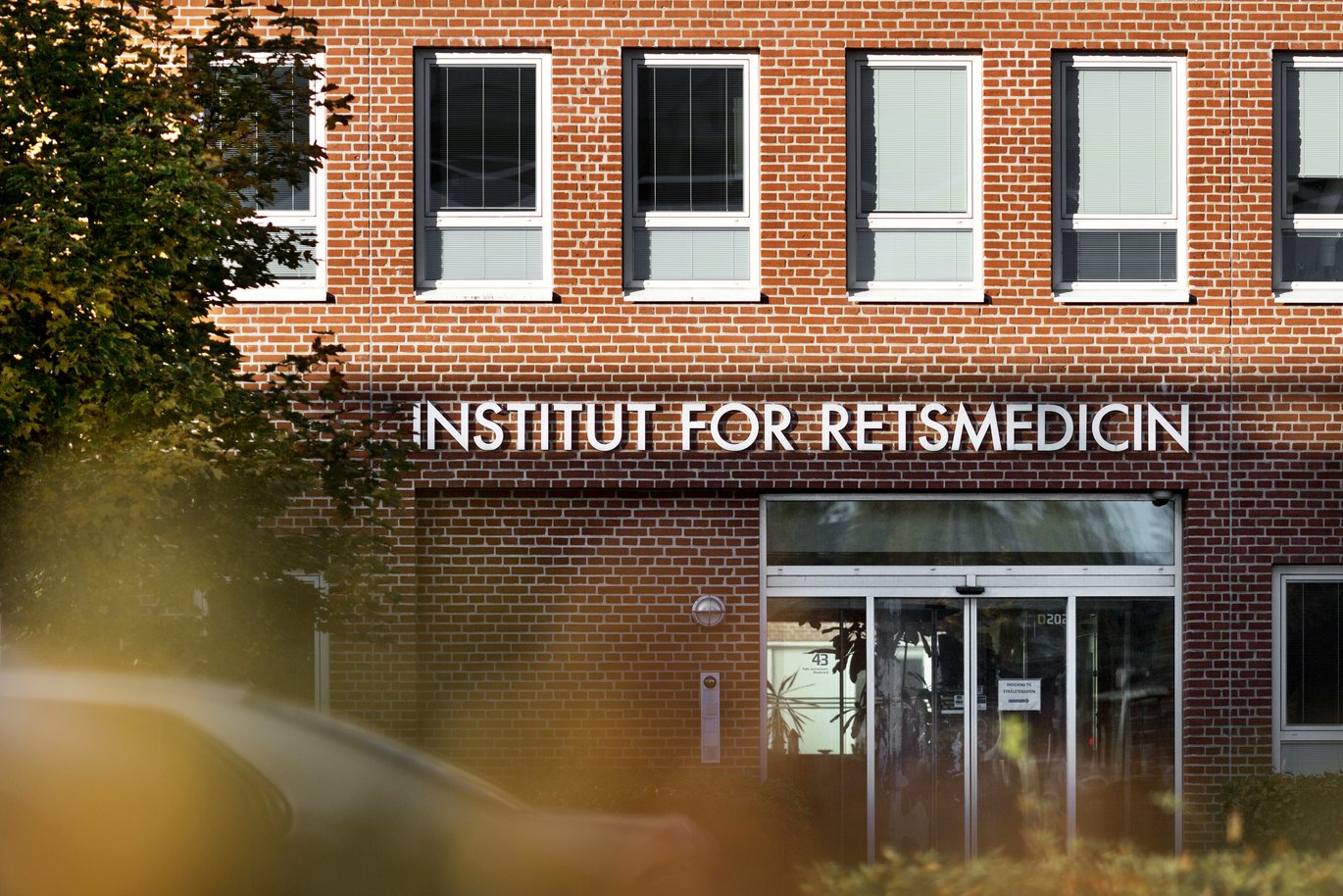New overview to help identify signs of child abuse
Researchers from the Department of Forensic Medicine at Aarhus University have documented the age-related differences in injuries in children examined after suspected abuse. The study aims to enable earlier detection of physical and sexual abuse.

For the first time ever, a Danish overview categorizing the most typical signs of physical abuse in children by age groups is now available.
The overview is the result of a study conducted by the Unit for Clinical Forensic Medicine at the Department of Forensic Medicine at Aarhus University. The study was headed by Marlene Beyer Eg, MD.
“Physical abuse of children can be stopped by early intervention. Early intervention can be enhanced by greater clinical knowledge of the expected injuries in different age groups,” she says.
The study was published in the Journal of Forensic Sciences, and the researchers hope the overview will help professionals such as doctors, teachers and educators identify children suffering from physical and sexual abuse as early as possible.
External and internal injuries
The researchers registered both internal and external injuries in the children and adolescents who participated in the study. Examples of external injuries are bruises, abrasions, lacerations, gunshot trauma, burns and scars. Internal injuries could be fractures, brain haemorrhages, retinal haemorrhages, oral cavity trauma and internal organ damage.
The research group found that wounds and bruises on the head and chest are most common in children under four years of age in cases of suspected abuse, while older children predominantly displayed marks on their arms and legs.
It is difficult to find evidence of suspected sexual abuse in children under the age of four, but girls between the ages of eight to fifteen often display vaginal injuries. However, such injuries are not confirmation of sexual abuse. Sexual contact rarely results in any visible physical injury, which perhaps explains the fact that findings not representing normal variations of anatomyare only found in 4-5 per cent of children who undergo a forensic examination in connection with suspected sexual abuse.
Up until now, evidence of age-related differences in cases of suspected physical and sexual abuse of children has been insufficient, explains Marlene Beyer Eg.
“The overview can strengthen the knowledge base for medical examinations of children and we hope it will help healthcare professionals spot signs of abuse. The overview may also increase clinical awareness of where to look for signs of abuse on the child. This is especially relevant if the perpetrator is referred to the prosecutor,” she says.
Facts - examinations of children
When a case of suspected child abuse is reported to the police, as part of the criminal investigation, the police must decide whether a forensic examination of the child is necessary.
In Denmark, a forensic pathologist carries out the examination under the supervision of a colleague. The two professionals document any injuries, and identify, collect and preserve possible DNA evidence.
They focus on injuries or changes to the body that can either confirm or refute a suspicion of child abuse. Further microbiological, biochemical and toxicological analyses may also be carried out.
Read more in the leaflet Information til børn og forældre om den retsmedicinske undersøgelse (in Danish only).
If the child is dead, an autopsy will be performed. The autopsy will consist of a thorough external and internal examination. The examination will look for injuries or alterations to the body that could identify the cause of death or suggest abuse prior to death.
The research results - more information
- The study describes a prospective cohort of 756 children under the age of 16. The children were examined at the Department of Forensic Medicine in Aarhus between 2001 and 2013 on suspicion of physical or sexual abuse.
- The Department of Public Health at Aarhus University and the National Centre for Register-based Research at Aarhus University are partners on the project.
- External financing: The Danish Victims Fund. Execution, content and results of the study are the sole responsibility of the authors. The analysis and viewpoints that have been made evident from the study belong to the authors and ado not necessarily reflect the views of The Council of the Danish Victims Fund.
- Read the scientific article: Distinct age‐related differences among victims in cases of suspected child abuse - Eg - Journal of Forensic Sciences - Wiley Online Library
Contact
Postdoc Troels Græsholt-Knudsen
Aarhus University, Department of Forensic Medicine
Telephone: +45 25 32 86 21
Email: tgkn@forens.au.dk